Today is the Past of Tomorrow at Oi! (Oil Street Art Space) explores home and displacement in a city in constant expansion
A plunging, Vantablack-ness warps all sense of space, time, and presence in artist Kingsley Ng’s Flow (2021). Gravity’s stabilising tangibility is only felt through a wooden bench you sit upon, amid experiencing what could very well be the void. Meditative, gong-like reverberations erupt through the darkness, sonically demarcating an immeasurable passage of time. Eventually, a stream of minuscule beads of light shoot by, breaking the dark obscurity, giving some indication of place. Ng’s installation jolts us out of a prescribed comprehension of space and time, inducing a feeling of displacement not dissimilar to one felt in today’s climate.
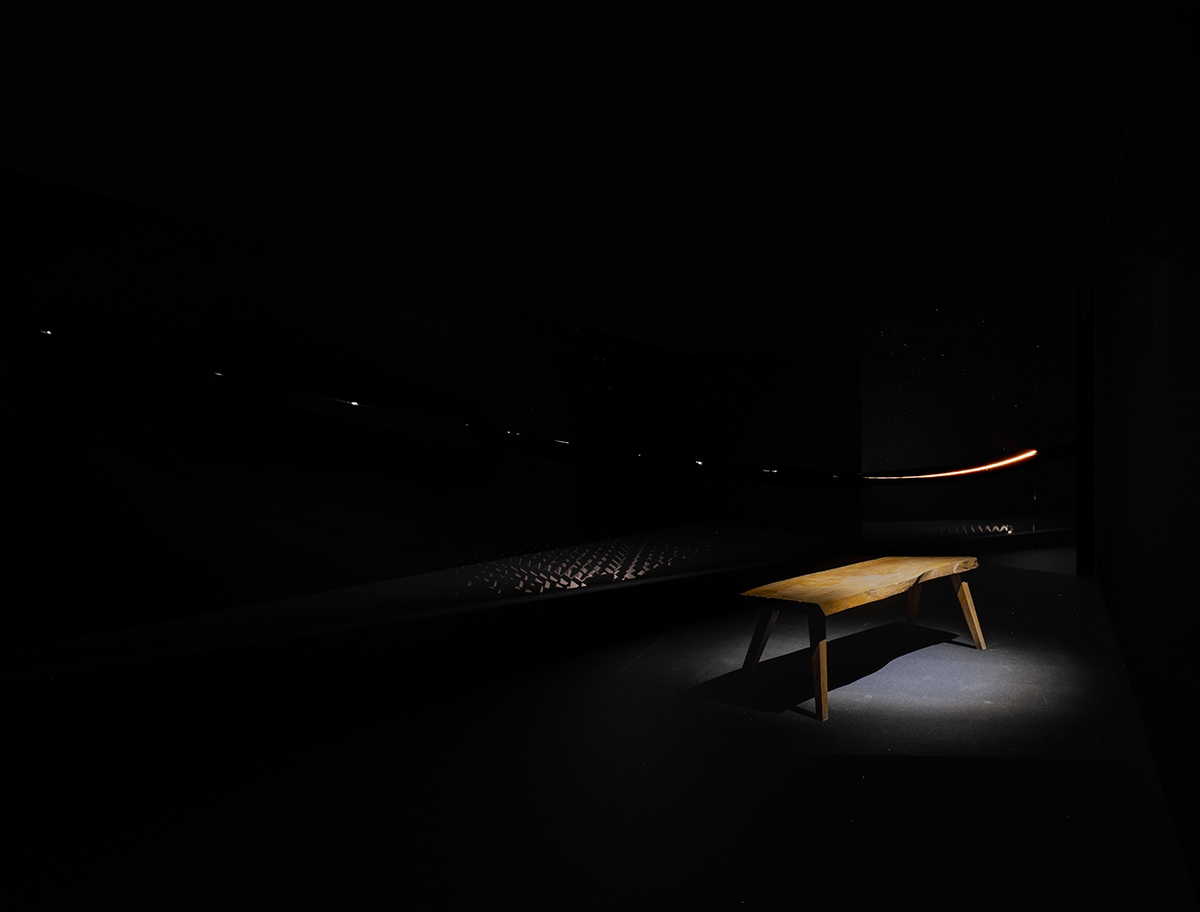
The pandemic has uprooted our habitual way of life, leaving us in a peculiar position in which to rethink and adapt, and in a large part shifting our focus towards the local. Following suit, Oi!’s latest exhibition, Today is the Past of Tomorrow, compels us to reconsider our relationship to time and space, and our perception of both global and local environments. Two new site-specific installations, Ng’s aforementioned Flow and fellow local artist Lee Kit’s Garden of Hong Kong (2021), mark the occasion of Oi!’s expansion – part of a programme to increase local engagement with public cultural spaces – with new developments including an indoor exhibition space as well as an outdoor venue featuring public art projects.
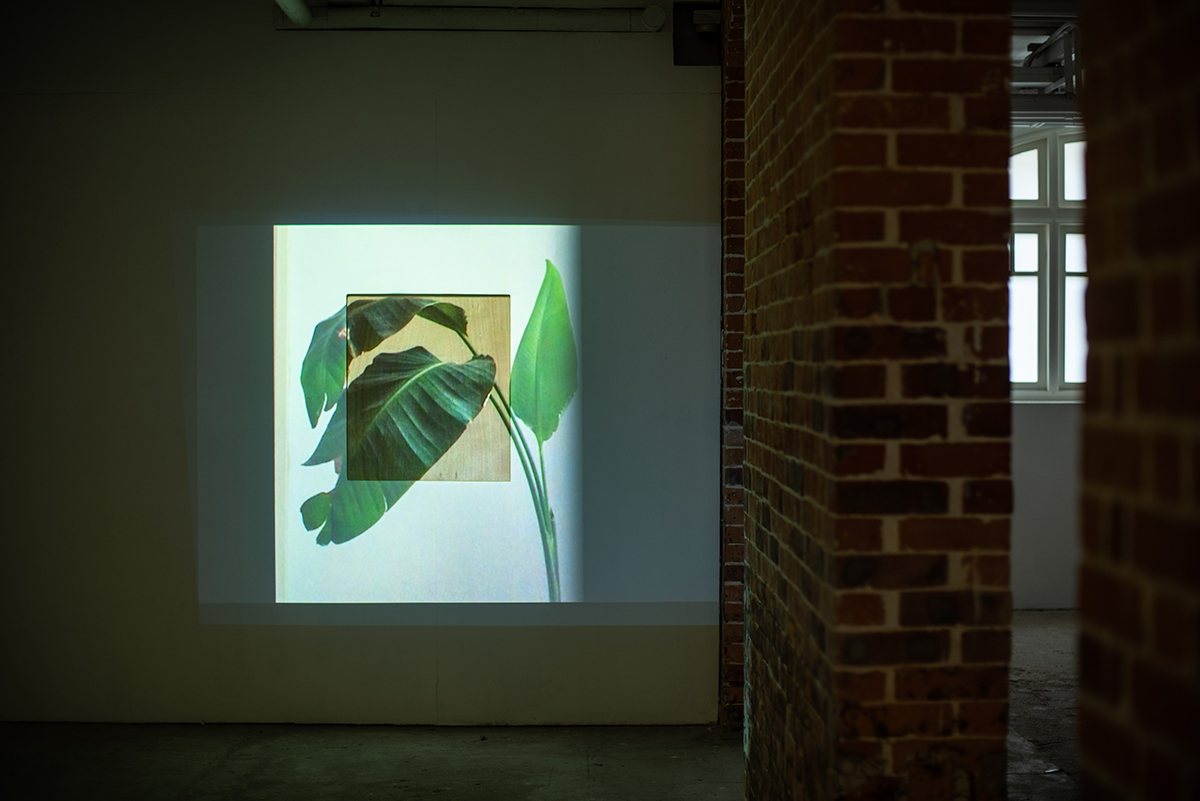
The title Today is the Past of Tomorrow prompts a consideration of the city’s rapid development, which both artists approach differently: while Ng’s interpretation takes on a more abstract form with his immersive installation, Lee’s Garden of Hong Kong is far from delicate, evoking raw emotion and tactility. The effects of both works are made more potent by the site’s intriguing history.
Nestled in the midst of Hong Kong’s bustling, high-rise, construction-ridden North Point district, Oi! is enclosed by an intimate, lush courtyard complex, providing visual and visceral relief from its hovering, skyscraper neighbours. Initially built in 1908 as a clubhouse for the Royal Hong Kong Yacht Club, the original redbrick colonial era structure has undergone many changes of use – from its original recreational function to more artistic ones. After the yacht club relocated, the site was expanded and used by the Government Supplies Department as staff quarters and a warehouse. Between 1998 and 2000, the warehouse was then rented out cheaply to artists and cultural creatives for use as studio spaces.
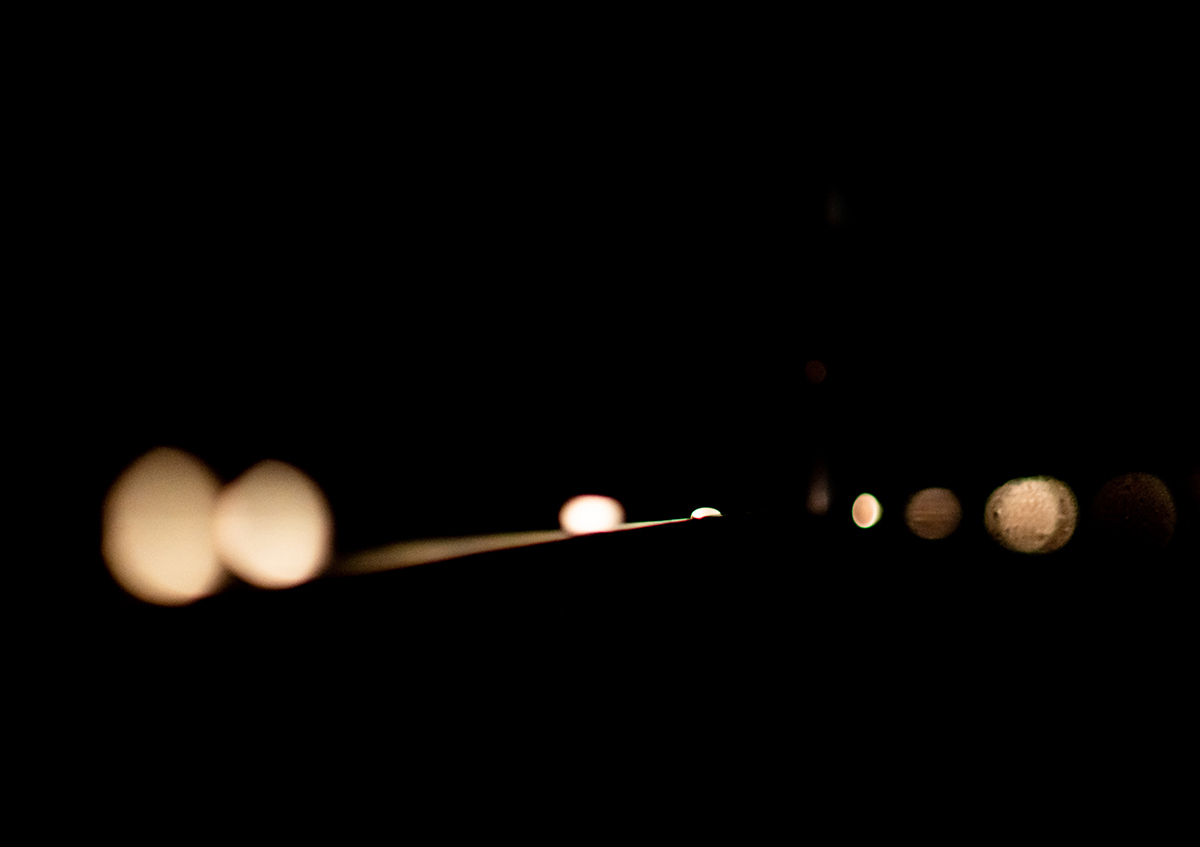
Ng highlights the site’s cultural history and proximity to the harbour by drawing inspiration from East Asian literature, and more specifically, poems about water. Tang dynasty poet Han Yu and Edo-period poet Kobayashi Issa’s poems in particular prompt Ng to think about water’s ability to retain memory – through the remnants of previously dissolved matter, or the emotions contained in a tear drop. In Flow, water and memory form an ephemeral point of reflection, where the tiny beads of light are in fact reflected off water droplets that run along an electrical rail spanning the length of the room. Barely audible sounds of trickling water comprise the soundtrack. Water and change are in constant flow, highlighting Ng’s inquiry into the concept of time.
For Lee Kit, a site’s memory is evoked by rendering what he calls a ‘situation’ – or, to the rest of us, an installation – with familiar objects presented in unusual forms or places. Located within the old warehouse space, the artist’s signature aesthetic imbibes a sense of local history, compressing the past, present and future in Garden of Hong Kong. Two broken refrigerators lie horizontally in the main hall of the warehouse, a tortured run-down washing machine is placed adjacent to them. Other common household appliances, such as hair dryers, are strewn across the floor like debris, cement-like in appearance, and resembling relics of a bygone era.
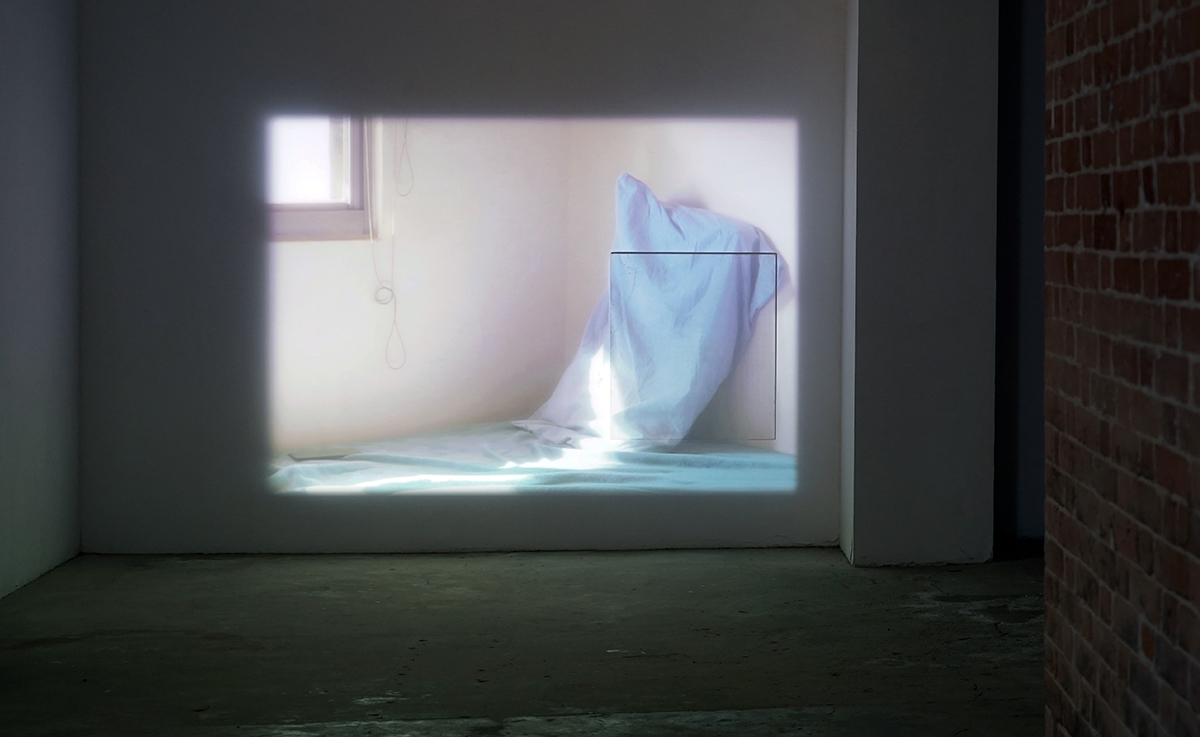
Homely images and videos are projected on the walls. An image of a house plant is projected across the back wall, while in the entrance a looped video showing an image of a crumpled pillow on an otherwise empty bed is accompanied by subtitles: “Your heart keeps saying that it’s just not fair, but still you gotta make up your mind.” These are lyrics from Glenn Frey’s 1982 ballad ‘The One You Love’, which plays throughout the gallery, and where, in front of the video, it is most audible. In presenting these domestic items in a destructive, disused and unexpected manner, Lee prompts us to rethink our notion of home, eliciting a similar discomfiting feeling of displacement as Ng’s Flow.
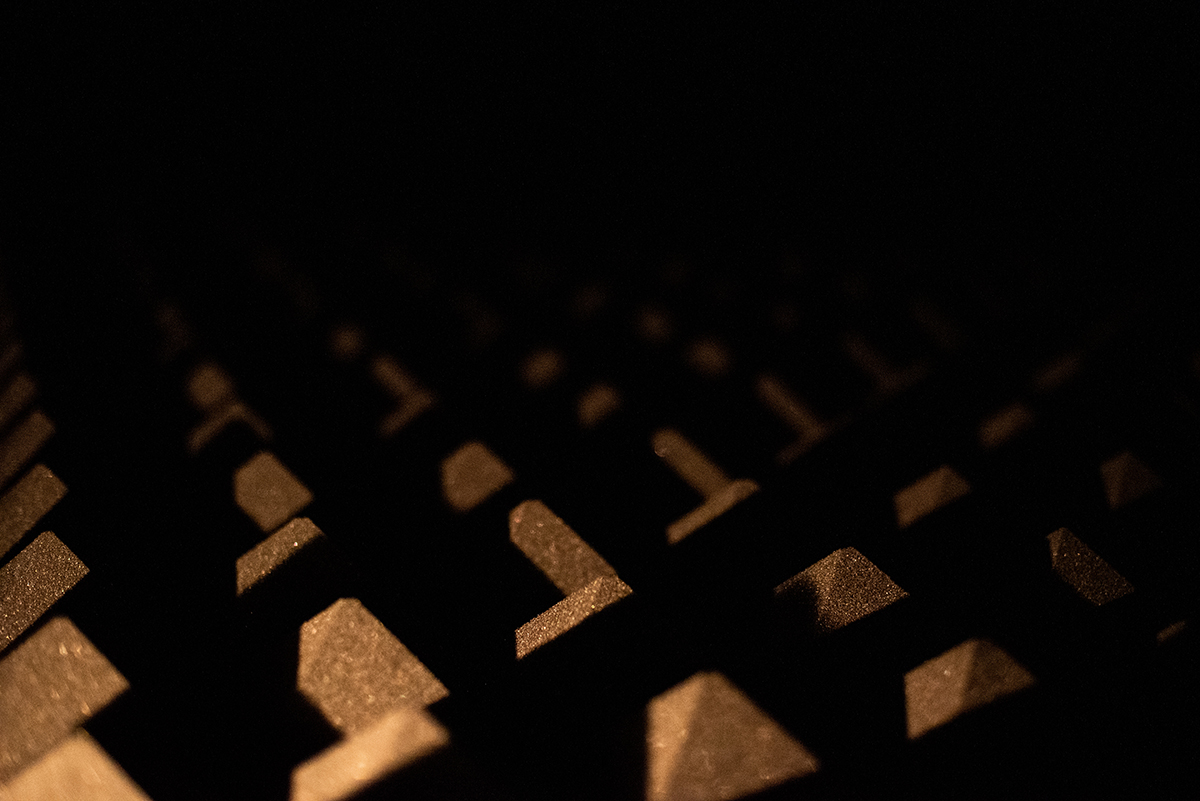
Sounds from Oi!’s surrounding environment find their way into both artists’ works: noise from a new expansion project, by proximity, infiltrates Lee’s Garden of Hong Kong. While Ng’s space of meditative immersion draws the visitors’ attention to pick out specific sounds of nearby traffic, hustle and bustle. These constant noises remind us of the effects of intense urbanisation and construction industry’s inherently destructive nature. In Hong Kong, a city in constant flux, something old must be demolished in order to erect something new, consistently testing the evolving and adapting relationship between time and space.
Today is the Past of Tomorrow is at Oi!, Hong Kong
(The venue is temporarily closed due to COVID-19. Please stay tuned to Oi!’s Facebook page for further updates)